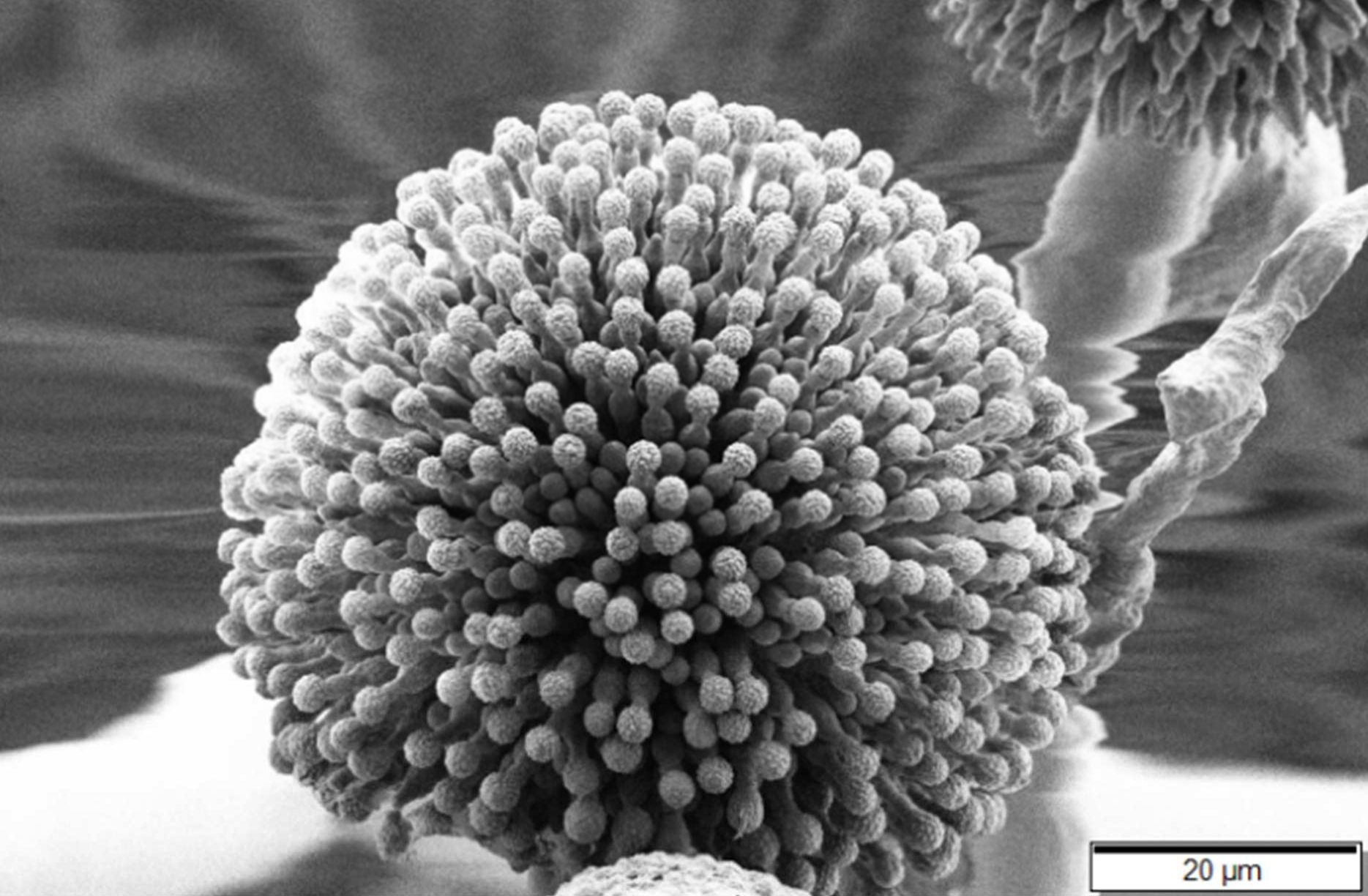Infection Preventionists on the Case in Seattle Children’s Hospital Aspergillus Outbreak
They are helping the investigation into surgical site infections.

Infection Control Today recently reached out to Seattle Children’s Hospital to ask what role infection preventionists are playing in the investigation into Aspergillus surgical site infections there. An Aspergillus outbreak in May led to at least 5 infections and 1 death. When hospital administrators found more evidence of the fungus last month, they decided to close operating rooms and broaden their investigation. The hospital found that Aspergillus has been in the air since at least 2001 and caused the deaths of 5 other children.
“Seattle Children’s currently employs 5 infection preventionists,” hospital spokeswoman Lindsay Kurs tells Infection Control Today. “The infection prevention team has been thoroughly involved in our multidisciplinary investigation into the Aspergillus surgical site infections, working to identify potential causes and recommend solutions.”
Aspergillus spores can cause illnesses in people with weakened immune systems, damaged lungs, and asthma. Infections caused by Aspergillus include invasive aspergillosis, ABPA CPA, and aspergilloma. However, “Aspergillus is not like the common cold; as it cannot be spread from person to person,” according to Lorene Campbell, an infection preventionist in Madera, Cailf., and a spokesperson for the Association for Professionals in Infection Control and Epidemiology.
Most of the operating rooms at Seattle Children’s Hospital main campus will be closed until the end of January for installation of in-room, high-efficiency particulate air (HEPA) filters in every operating room.
“HEPA is an extremely effective filtration system that removes 99.97% of particles from the air that passes through the filter,” Jeff Sperring, MD, the hospital’s CEO, said in a statement. “This is the highest level of filtration found in operating rooms today. These operating rooms will remain closed until the enhancements are fully in place.”
Campbell said that “hospitals follow the CDC for infection control guidelines to decrease the risk of infections to their patients and do frequent environmental surveillance. Patients can play an active part in their treatment plans by washing their hands and having all their visitors do the same.”
Newsletter
Stay prepared and protected with Infection Control Today's newsletter, delivering essential updates, best practices, and expert insights for infection preventionists.